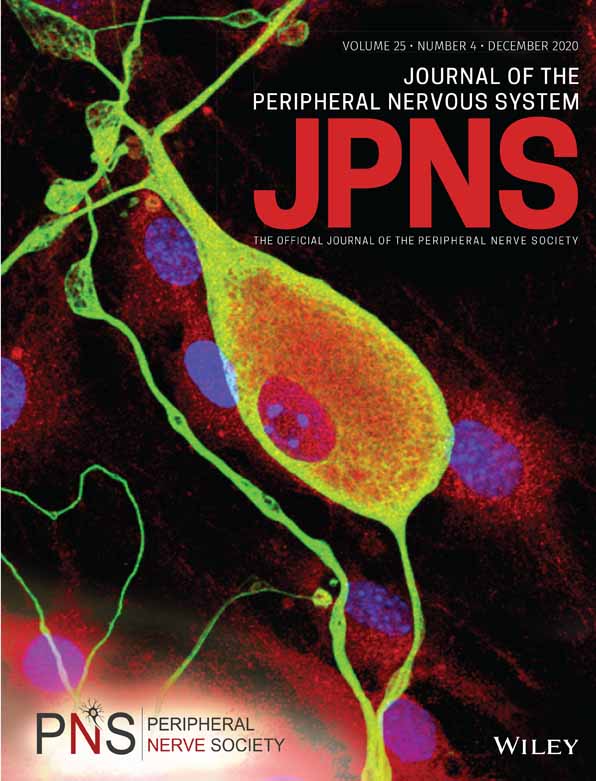Relation of exercise and pain in patients with idiopathic distal axonal polyneuropathies
Abstract
Although exercise is associated with better outcomes in patients with some peripheral neuropathies, data in idiopathic peripheral neuropathies is lacking. This study was completed to do a comprehensive data analysis about the benefits of regular exercise in a well-characterized cohort of patients with idiopathic distal, symmetrical, axonal polyneuropathy enrolled in the Peripheral Neuropathy Research Registry (PNRR) at Johns Hopkins University School of Medicine. From the patient-reported exercise habits, metabolic equivalents (METs) were calculated and the patient information was grouped into four categories. The PNRR data set, including patient reported pain, numbness, and weakness, was analyzed using the METs categories to evaluate for the benefits of exercise. We controlled for the components of metabolic syndrome including Hemoglobin A1c (HbA1c), systolic and diastolic blood pressure (BP), high density lipids (HDL) and triglyceride level, and body mass index (BMI) as defined by the Adult Treatment Panel III Guidelines. Lower METs were associated with neuropathic pain, but not with other peripheral neuropathy symptoms. Patients with IPN who exercised were less likely to have painful neuropathy independent of the average METs per week (P < .01). No significant differences were seen for patient reported numbness, weakness, or balance issues. The data suggests that patients with idiopathic neuropathy benefit from exercises even if performed on a low intensity level or less frequently, and patients are less likely to have severe pain symptoms when exercising on a regular basis.




